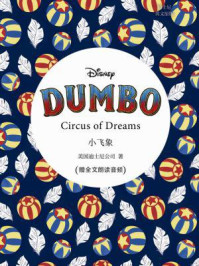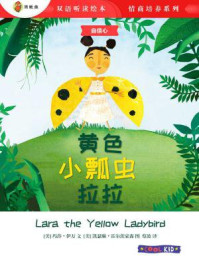




本文是一篇说明文,主要介绍了货币的发展过程:由实物交换到贝壳货币再到金属圆硬币。中国最后发明了纸币,成为世界上第一个制造纸币的国家。
China has been the birthplace of many of the world’s greatest inventions. It was, for example, the first country to produce paper money. Before the invention of paper money and coins, people used many different kinds of things for buying and selling. During that time, for example, buying a chicken might cost several potatoes. This exchange of goods and services for other goods and services is called bartering (物物交换).
However, as economies developed, such exchanges became impractical. In 1200 BC, people in China began to use shells (贝壳)as money. Usually the shells used as money were very small. This made it easier for people to carry money over long distances, and allowed for trade to develop between different parts of the country.
In the years which followed this invention, many other countries around the world began to do the same. They also used tiny shells as money for buying and selling.
TThe next development was in 1000 BC, when China started making bronze and copper shells. It wasn’t long before the Chinese made round coins out of metal. The very first coins often had holes in them so that people could string them together. By 500 BC, metal coins had begun to appear in countries like Persia and Greece, and later in the Roman Empire.
About 1,000 years later, leather was used as money in China, and in 806 AD, the first paperbanknotes were produced by the Chinese people. It was still many years before paper currency appeared in Europe.
中国是世界上许多伟大发明的诞生地。例如,它是第一个制造纸币的国家。在纸币和硬币发明之前,人们使用许多不同种类的东西来买卖。例如,在那段时间里,买一只鸡可能要花费几个土豆。这种商品和服务与其他商品和服务的交换被称为“物物交换”。
然而,随着经济的发展,这种交换变得不实用。公元前1200年,中国人开始使用贝壳作为货币。充当货币的贝壳通常非常小,这使得人们能够更容易地长途携带货币,并使得该国不同地区之间的贸易得以发展。
在这项发明之后的几年里,世界上的其他许多国家也开始这样做。他们也用小贝壳作为买卖货币。
公元前1000年,货币得到了进一步的发展。当时中国开始用青铜和铜仿制贝壳。不久之后,中国人就用金属制出了圆形硬币。最早的硬币上经常有孔,以便人们把它们串在一起。到公元前500年,金属硬币开始出现在波斯和希腊等国家,后来出现在了罗马帝国。
大约1000年后,皮革在中国被当作货币。公元806年,中国人制造出了世界上第一张纸币。直到许多年后,欧洲才出现纸币。
birthplace n. 诞生地,出生地
exchange n. 交换
produce vt. 生产,制造
This made it easier for people to carry money over long distances.
这使得人们能够更容易地长途携带货币。
It wasn’t long before the Chinese made round coins out of metal.
不久之后,中国人就用金属制出了圆形硬币。


